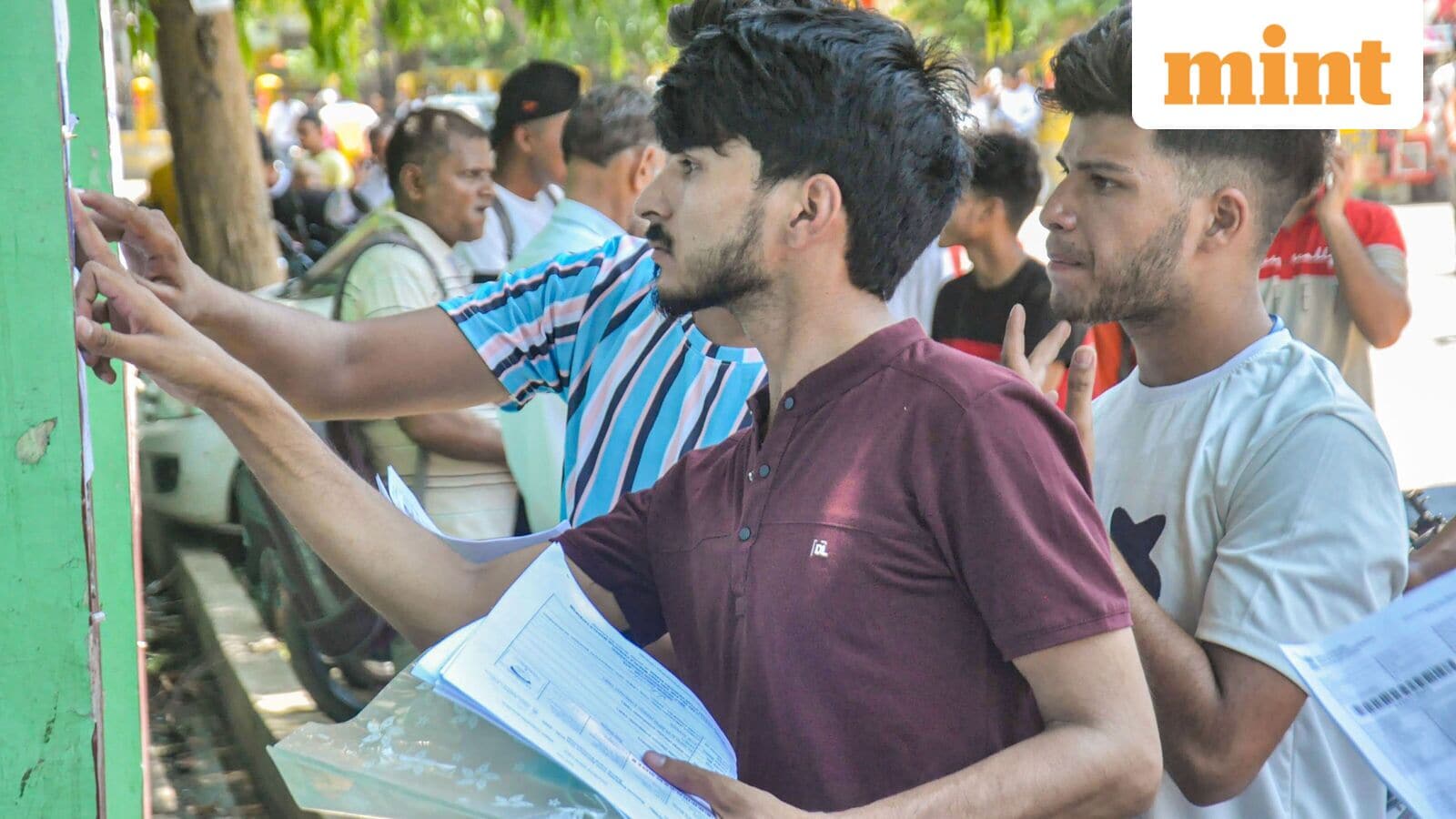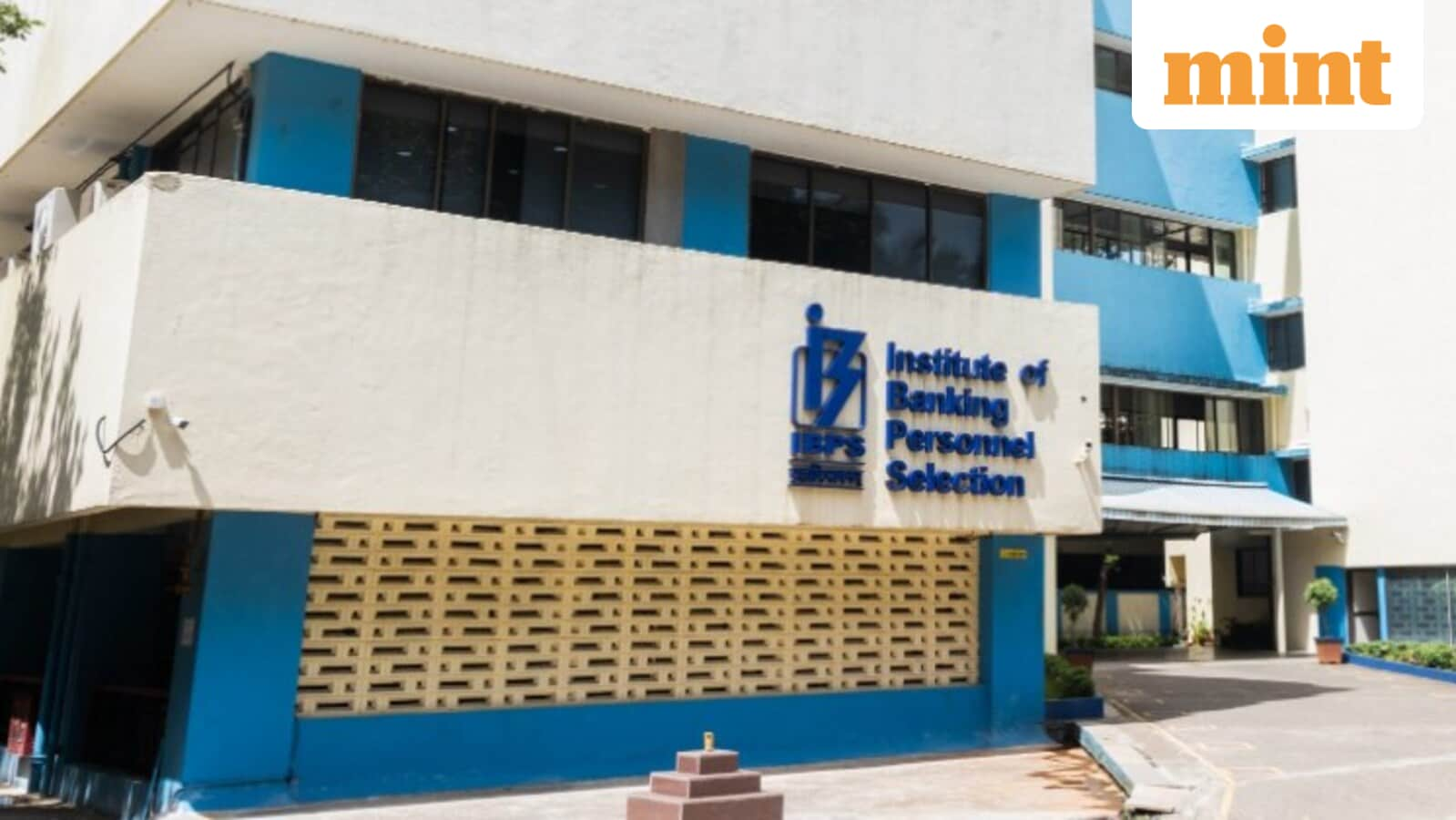Mint Explainer | India bets ₹15,034 crore on fixing doctor deficit. Can it solve the faculty crisis?

The initiative’s stated goal is to dramatically increase the supply of doctors and specialists, thereby improving access to quality healthcare, particularly in underserved regions where the shortage is most acute.
Yet, the ambitious move confronts a significant institutional hurdle: guaranteeing the quality of medical training amid this rapid expansion. The success of the ₹1.5 crore per-seat investment hinges on the government’s ability to ensure adequate infrastructure and, more critically, to staff these new positions with qualified faculty.
Mint takes a closer look.
What is the current status of medical education in India?
India’s medical education capacity has surged over the past decade. According to the Ministry of Health and Family Welfare (MoH&FW) and the National Medical Commission (NMC), as of September, India has 808 medical colleges, with 1,23,700 undergraduate (MBBS) seats and 74,306 postgraduate (PG) seats.
This marks a substantial increase from 2014, with over 69,000 new MBBS seats and 43,000 new PG seats added in the last decade alone. This expansion provides the foundational capacity for the government’s latest initiative.
What is India’s doctor-population ratio?
The recent Union cabinet approval directly targets the national doctor-population ratio.
The government’s claim of a favourable 1:811 doctor-population ratio is based on an aggregate figure. This calculation includes both registered modern medicine (MBBS) doctors and AYUSH (Ayurveda, Yoga, Unani, Siddha, and Homoeopathy) practitioners, assuming 80% of them are actively practising.
This number, however, is misleading.
When only doctors practising modern medicine are counted against the population, the actual ratio stands at approximately 1:1300. This figure is significantly below the WHO standard of 1:1000 and reveals the true gap in modern medicine professionals that the new investment aims to address.
The most severe deficit is not merely a numbers problem, but a distribution crisis. Over 80% of doctors are concentrated in urban areas, leaving rural regions with a profound shortage. This uneven distribution leaves a vast portion of the population with limited access to qualified medical care, highlighting the real shortage the government is trying to solve.
The new seats, created under a centrally sponsored scheme, are meant to increase the number of healthcare professionals in underserved regions, thereby improving healthcare access and reducing the burden on existing medical facilities.
By increasing the number of seats, the government aims to produce more doctors, which will directly improve the overall ratio and help distribute healthcare professionals more evenly across the country.
Addressing the faculty, infrastructure bottleneck
The government is tackling the infrastructure and faculty shortages through a two-pronged strategy.
First, the scheme provides financial aid to upgrade and strengthen existing medical colleges, allowing district hospitals to be converted into teaching institutions.
Second, new regulations from the NMC have significantly loosened the eligibility criteria for faculty recruitment. These reforms allow experienced government doctors without prior formal teaching experience—often clinical specialists—to join as faculty, a move intended to rapidly broaden the pool of potential teachers and offer students a more practical learning experience.
“Simply increasing the number of seats for medical students isn’t enough to solve the country’s healthcare challenges,” said Dr. Dilip Bhanushali, president, Indian Medical Association (IMA).
He emphasized that the government must also focus on building new infrastructure and recruiting qualified faculty to support this growth. Without these crucial components, the quality of medical education could suffer, ultimately impacting the standards of healthcare services.
Employment strategy
The expansion of 5,000 new postgraduate (PG) seats serves as a direct measure to combat unemployment among MBBS graduates.
The primary shortage in India’s medical system lies in the massive disparity between the number of MBBS graduates and the limited supply of postgraduate (PG) seats. For years, the number of MBBS graduates has far exceeded the available PG slots, creating a severe bottleneck for specialization.
While the exact ratio fluctuates, roughly 50% of all MBBS graduates fail to secure a PG seat annually. This bottleneck is the primary cause of the critical domestic shortage of specialists.
The NMC has stated that the ideal target is achieving a 1:1 ratio of MBBS to PG seats. This goal is crucial not only to ensure every graduate has the opportunity to specialize but also to address the high vacancy rates for specialist posts, particularly in rural health centres.
The latest approval creates immediate, gainful pathways for MBBS graduates to pursue higher studies and become specialist doctors, a step that simultaneously addresses the critical domestic shortage of specialists and improves the overall quality of healthcare.
“The main problem lies in ensuring the adequate infrastructure, clinical training facilities and most importantly the availability of skilled faculties. Many institutions are already struggling with the limited laboratories, patient load imbalances and shortage of faculties which compromises also compromises the quality of training,” said Dr. Akhilesh Rathi, director, Robotic Joint Replacement, Orthopaedics & Sports Injury, Sri Balaji Action Medical Institute.
“Unless and until these systematic gaps are addressed alongside seat expansion, we risk producing graduates without any depth of exposure and quality healthcare required to deliver the quality healthcare. If executed with the careful planning and investment in teaching capacity, then decision definitely has the potential to transform the medical education landscape of India,” Rathi added.
Long-term benefits for India’s healthcare and economy
The expansion of medical education is a pivotal long-term strategy designed to yield multiple dividends.
Primarily, the initiative aims to improve the quality of care nationally by producing a greater number of specialists. The strategic location of new colleges and seats, particularly in underserved regions, is expected to bridge the critical urban-rural divide in healthcare access, directly contributing to better population health outcomes.
Beyond immediate health benefits, a larger pool of well-trained doctors is projected to strengthen India’s position as a global hub for medical tourism and research, driving both economic growth and scientific advancement.




